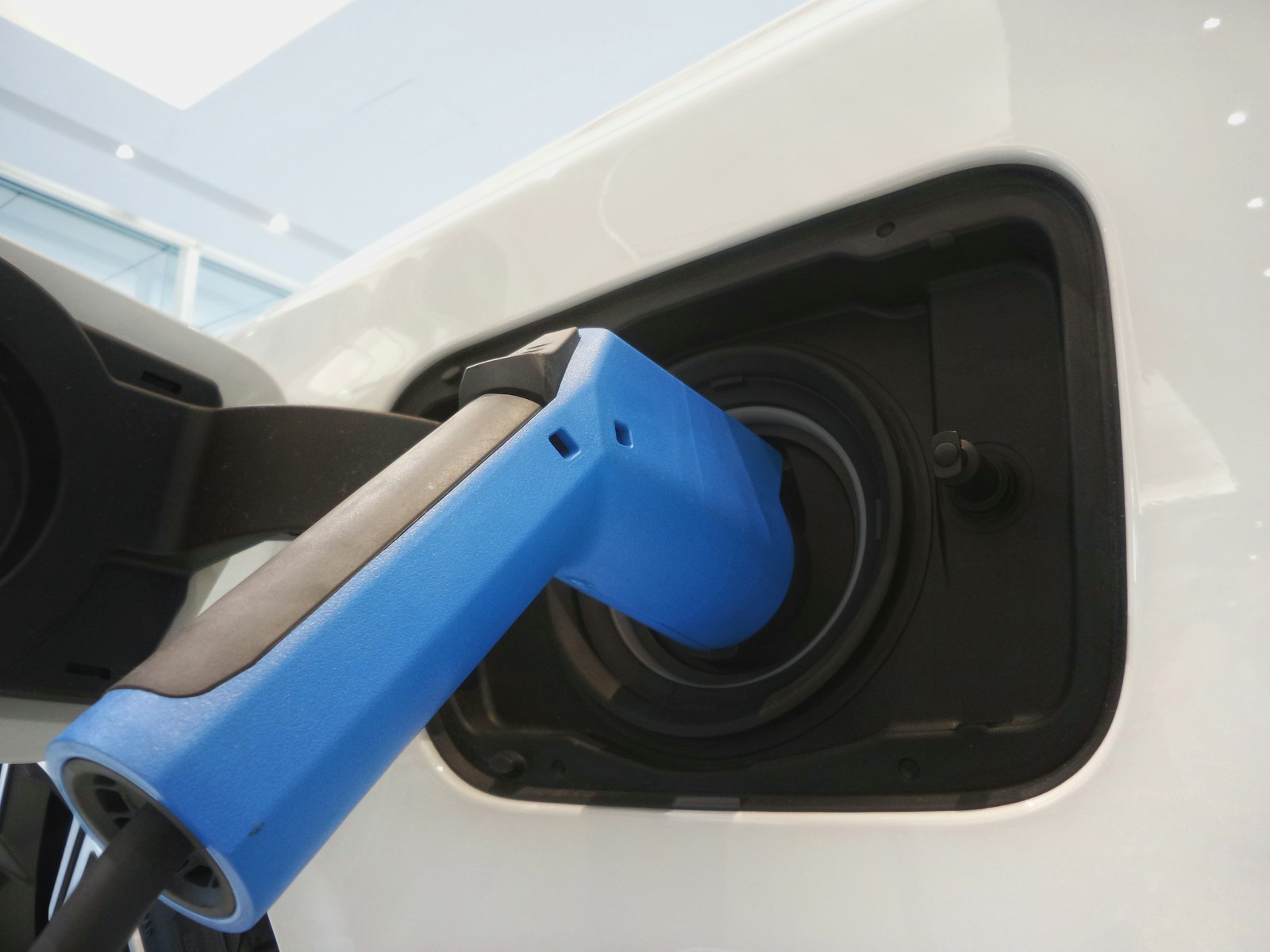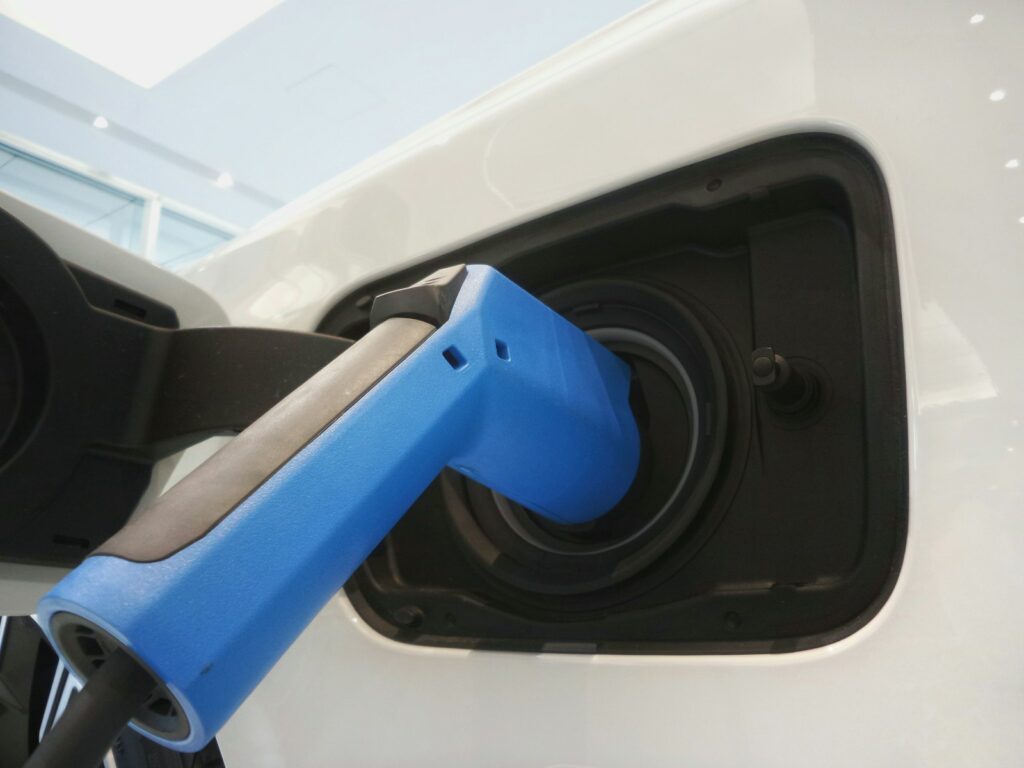
Natural Gas and Hydrogen Policy Needed
By
Branko Terzic
What is required to replace all the fossil fuel used today by electrification?
Is there a role for hydrogen?
The target is “net zero” emissions of greenhouse gasses, predominately carbon dioxide, which could be met by replacing all fossil fuels used today with renewable or nuclear energy. To do this would require:
- Retirement and new power plant construction to replace the existing fleet of coal and natural gas power plants which today account for 21.5 Quadrillion British Thermal Units (Quads)
- Construction of new carbon-free power plants to supply electricity to a new fleet of electric vehicles (EV) which will replace internal combustion engine (ICE) vehicles currently fueled by gasoline and diesel fuel distilled from petroleum today consuming 47.6 Quads
- Construct new carbon-free power plants to provide service to electric appliances replacing natural gas for residential and commercial space heating and cooking which today consume 8.7 Quads
- This would require a total of 77.9 Quads of new electric generation supply.
Consider that today’s electricity generators deliver 13.3 quads of energy. That would mean expanding electric generation by roughly a factor of five (5X).
Natural Gas Policy Options
Looking only at the electrification required for natural gas replacement policy makers have these options:
- Ban current and future use of natural gas for space heating and cooking and a prepare phase-out and appliance replacement plan with consideration of need of electric distribution system enhancement.
- Ban only new natural gas hookups but continue service to existing customers until end of service life.
- Phase in hydrogen gas to replace natural gas in the existing distribution system. This would require the upgrade of existing facilitates and all new facilities must be built hydrogen capable.
The US central government does not have any plan for replacement of natural gas with electricity services. This is in contrast with the European Union (EU) which has announced plans to replace natural gas with hydrogen. New natural gas pipelines in the EU are to be built hydrogen compliant. While some US gas distribution companies are investigating their system’s capability to handle future hydrogen injection, not all are making such assessments. Whether states will allow for future hydrogen service is unclear at this time.
The Hydrogen Rainbows
One contentious issue with hydrogen for many stakeholders is the source of the hydrogen. Unlike natural gas (methane) large supplies of naturally occurring hydrogen are not readily and widely available and thus hydrogen must be extracted for water or hydrocarbon. These various sources have been identified by the following “colors”:
- Green – produced by clean electricity via electrolysis of water
- Blue – from natural gas by steam reforming with carbon capture
- Grey – from natural gas without carbon capture
- Brown or Black – from coal or lignite
- Pink – from electrolysis of water via nuclear produced electricity
- Yellow – electrolysis from solar power
- White – naturally occurring deposits
Opposition to hydrogen
This is widespread opposition to any sourcing of hydrogen from fossil fuels as the analysis is that such sourcing will extend natural, oil or coal production into the future. There is opposition, by some stakeholders, to any new use of nuclear power for any purpose including hydrogen production, based on various concerns including nuclear power plant safety; nuclear waste storage issues and proliferation of nuclear power plants leading to new nuclear bomb construction.
There has been some opposition to diverting electricity production from solar and wind generation to hydrogen production on the grounds that direct battery storage of electricity ma may be more economic.
Not yet widely apparent but it’s possible there will be opposition to hydrogen delivered to homes and business on the basis of public perception of the “safety” of hydrogen as a safety issue remembering the “Hindenburg” airship disaster.
One other factor to consider is that the energy density of hydrogen is less than 1/3 that of methane by volume meaning appliances and facilities must be able to handle much larger volumes for the same energy consumption.
Depreciation Issues
The replacement of natural gas distribution services by electrification raises a number of questions with respect to the depreciation rates to be applied to existing and new facilities.
The following questions would need to be answered in utility rate proceedings:
- What is the new economic service life based on the new policy decision?
- What is the estimated cost of removal and salvage if service is terminated rather than old assts being retired and replaced?
- Are there stranded cost issues?
- How does a regulated utility recover “stranded costs” when there is no future customer service or revenue?
- Is the ban on future gas service as case of “stranded costs” or a case of violation of the “takings” clause.
Timeliness
Policy decisions with respect to the natural gas industry needs to be made at both the federal and state levels due to the structure of the natural gas industry and the commensurate regulatory scheme. The Federal Energy Regulatory Commission (FERC) has jurisdiction over the nation’s extensive interstate natural gas pipeline network. The FERC could deny future pipeline applications on climate change considerations curtailed future growth and possibly even leading to a decline in gas delivery to distribution companies. The FERC at this time does not have authority over hydrogen pipeline construction and operation which would be vital to a hydrogen future. Federal legislation will be needed.
The state regulators, public service commissions and public utility commissions, regulate the natural gas distribution companies including rules for expansion or contraction of the existing local networks. However, in my opinion, the state legislatures will most likely be the entities determining the future fate of gas distribution within each state. State legislation may be need for intrastate hydrogen pipeline construction. Whether federal legislation preempts states such as the Natural Gas act does for interstate natural gas pipelines is yet to be determined.
Whether and how the future of the natural gas industry will be coordinated between the federal and state levels in unknown at this time. However, clearly coordination s needed not matter which policy options are selected.
The Honorable Branko Terzic is a former Commissioner on the U.S. Federal Energy Regulatory Commission and State of Wisconsin Public Service Commission, in addition he served as Chairman of the United Nations Economic Commission for Europe ( UNECE) Ad Hoc Group of Experts on Cleaner Electricity. He hold a BS Engineering and honorary Doctor of Sciences in Engineering (h.c.) both from the University of Wisconsin- Milwaukee.
#BrankoTerzic #energy #regulations #experience #research #future #opportunity #strategy #consumer #management #people #electricity #power #utilities #renewables #RenewableEnergy #energysector #powergeneration #public #hydrogen #hydrogenwater #airhidrogen #fuelcell #water #health #energy #hidrogen #innovation #technology #hydrogenfuelcell #naturalgas #oil #oilandgas #energy #oilandgasindustry #petroleum #crudeoil #oilfield #gas #drillingrig #oilindustry #pipeline #geology

